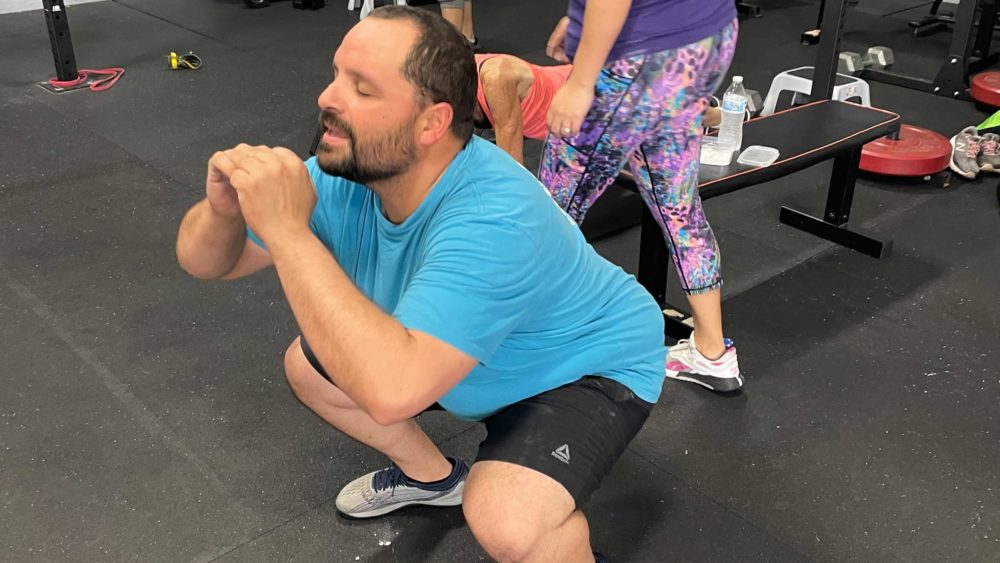
The hip is vast. It is without question the strongest region of the body. There are a number of muscles that contribute to its awesome power and we’re going to go over those today.
Any discussion of the hip muscles has to begin with the muscles found on the front side of the hip. Those are the psoas major, the iliacus, and the psoas minor. These muscles play a vital role in preventing the spine from over-extending, which in essence means that yes they are your ab muscles. These muscles are also responsible for closing the hip but we’ll get to that in a minute. IF these muscles are tight and NOT doing their job effectively, you can be in a world of hurt when it comes to low back pain. These muscles attach at the T12 – L4 vertebrae of the spine. They also attach at the lesser trochanter of the femur which is basically where the femur meets the hip. These muscles essentially allow you to close your hip/lift your leg up. If you are to just flex at the hip from a standing position these muscles will kick on but almost in a sub role. It is when you go overhead and these muscles really need to do their job, as well as when you lift your leg/legs up or pick something up off the floor. The main takeaway though should be that these muscles close the hip and engage the abs and if they’re tight you will not be able to extend the hip all the way. This will cause low back pain as you will tend to lift things with your low back rather than your muscles in charge of extending the hip which we’ll cover next.
The muscles on the backside of the hip that are responsible for EXTENDING the hip are the gluteus maximus, the gluteus medius, the gluteus minimus and the tensor fasciae latae. These muscles are also responsible for abduction of the legs (moving them away from the body), rotation of the hip and stabilizing the pelvis. Tightness in these muscles could result in pain in the knees or hips. When we squat or do something dynamic, it is these muscles job to ensure a proper line of action occurs with the knees. Their role is to keep the knee in line with the toes and allow the knee to act as a true hinge joint. If the gluteal muscles can’t control the stability in the knee we will often see the knee compensate by rotating rather than hinging. It is this side to side movement of the knee that causes pain and severe injuries.
There are some deep gluteal muscles such as the piriformis, obuturator internis, the superior and inferior gemellus and the quadratus femoris. These muscles are also responsible for rotation of the hip.
You then have the muscles on the front of the thigh which are somewhat indirectly responsible for closing and rotation of the hip. The main one is a piece of the quad known as the rector femoris. This is the muscle that we use to close the hip as well as extend the knee. It is the key muscle in performing the GHD sit-up. If you do not violently EXTEND the knee as you are sitting up you will leave the closing of the hip solely up to the psoas and iliacus which as discussed earlier attach to the lower vertebrae of the spine. This is why a high number of GHD sit-ups can lead to low back pain if done improperly.
You also have the biceps femoris on the back side of the leg which are primarily known as the hamstring muscles. These muscles are responsible for extending the hip as well. If these are tight it tends to lead to a lack of ability to maintain a neutral spine when deadlifting or squatting.
These are the muscles of the hip and their functions!
